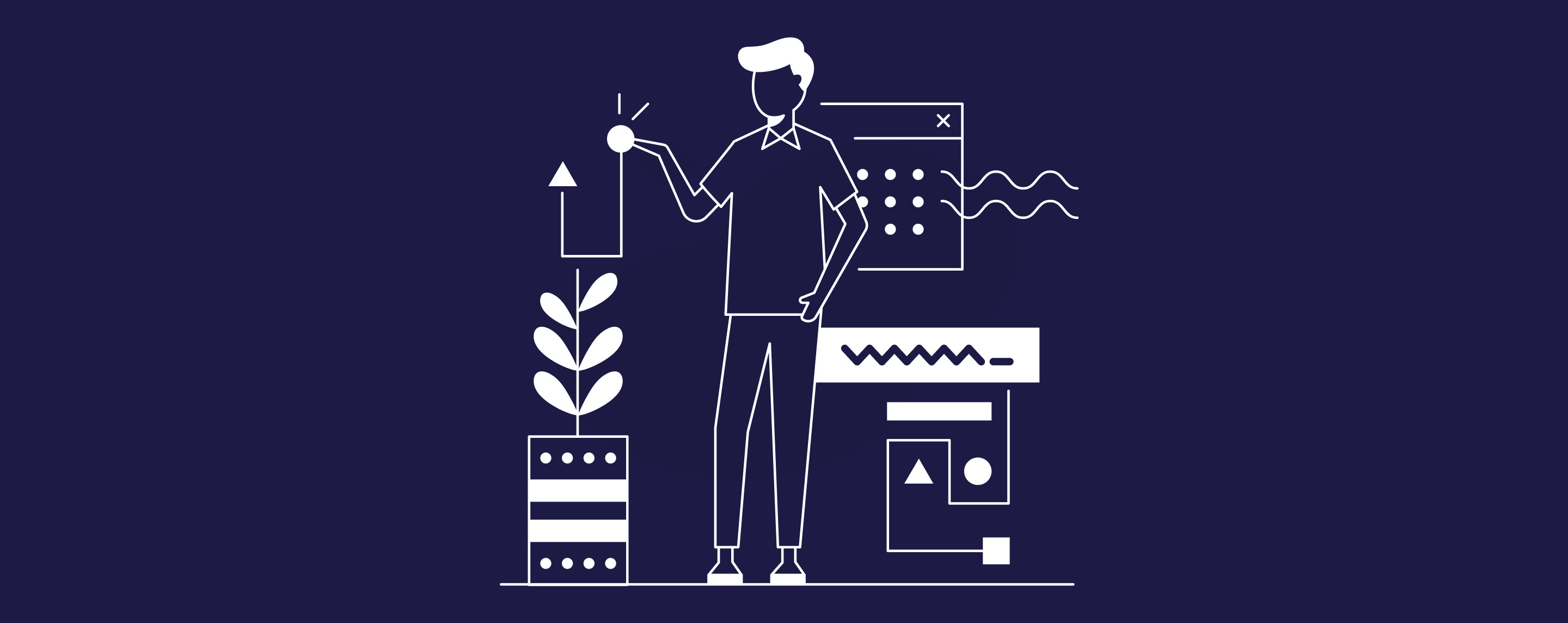Your Guide to Restaurant Loans

Share this article:
Editor’s note: Lantern by SoFi seeks to provide content that is objective, independent and accurate. Writers are separate from our business operation and do not receive direct compensation from advertisers or partners. Read more about our Editorial Guidelines and How We Make Money.
What restaurant loans are Typical loan terms, rates, and amounts Different types of restaurant loans Applying for a restaurant business loan
What Are Restaurant Loans?
Common Reasons for Restaurant Financing

Starting a new restaurant: Includes lease, furniture, equipment, payroll, marketing, and any other expenses associated with starting a business. Restaurant repairs: Kitchen equipment must be serviced and repaired frequently, particularly appliances in high demand like dishwashers, refrigerators, ice makers, and stoves. Opening new locations: Like starting a new restaurant, you’ll need restaurant financing to pay for everything from equipment to payroll. Expanding or remodeling an existing location: Costs associated with construction, design, permitting, and to supplement cash flow during construction. Updating restaurant equipment: Financing to replace old equipment. Rebranding: As your business grows and changes, you’ll likely need to rebrand to stay relevant to customers. This may include design costs, website updates/build, interior design, marketing materials, and advertising. Working capital expenses: Any costs associated with typical business operations and maintaining cash flow during slow seasons. Emergency expenses: May include repairs, equipment purchases, or costs if the restaurant needs to be closed for any amount of time. Hiring additional staff or third parties to assist with business operations: During times of increased business, you may need to hire more staff to help with managing aspects of your business, like daily operation, finances, taxes, design, or construction. Technology investments: This may include building a new website or updating an existing one, purchasing software to help manage business operations, or implementing a new point-of-sale (POS) system.
Restaurant Business Loan Amounts, Rates, & Terms
Restaurant loans for start-ups and expansion Working capital loans Equipment or inventory purchases
Restaurant Loans for Start-ups and Expansion

Restaurant Loans for Working Capital

Restaurant Equipment Loans

Types of Restaurant Loans
Online Loans from Alternative Lenders
Business Line of Credit
Equipment Loan
Peer-to-Peer Loan
SBA Loan
Traditional Bank Loan
Working Capital Loan
Commercial Real Estate Loan
Franchise Loan
Merchant Cash Advance
Applying for a Restaurant Loan
Your personal and business credit scores Amount of time in business Business finances/revenue Debt-to-income ratio Business bank accounts Collateral offered Down payment
Business line of credit Equipment loans P2P lending SBA loans Traditional bank loan Franchise loans Merchant cash advance
Do you need to offer collateral? How long is the loan application and approval process? What is the APR? What is the payment schedule? What is the lender’s reputation?
Business financial records Personal and business credit reports Cash flow projections Business plan Identifying information, which may include citizenship Business legal documents Business and personal tax returns
Alternatives to Restaurant Loans
Microloans
Personal Business Loans
Inventory Financing
Find a Restaurant Loan at Lantern Credit
LCSB1223006
About the Author
Lantern is a product comparison site that makes it easy for individuals to shop for products and compare offers with top lenders. Lantern is owned and operated by SoFi Lending Corp., the digital personal finance company that has helped over one million people get their money right.
Share this article: